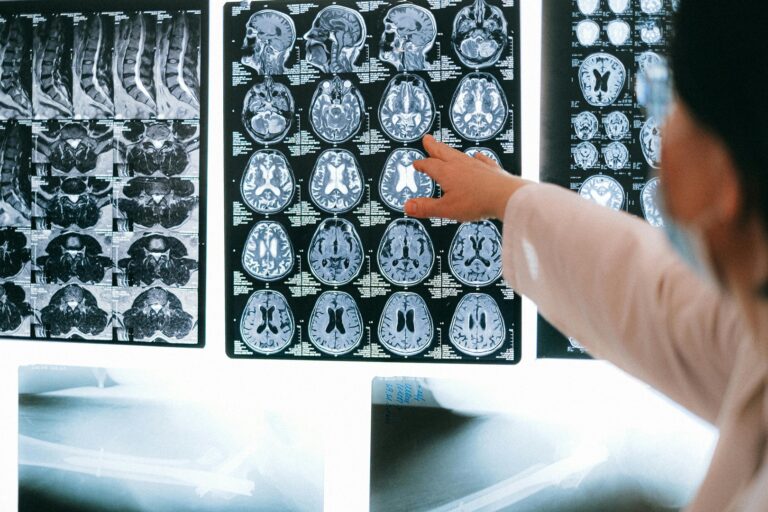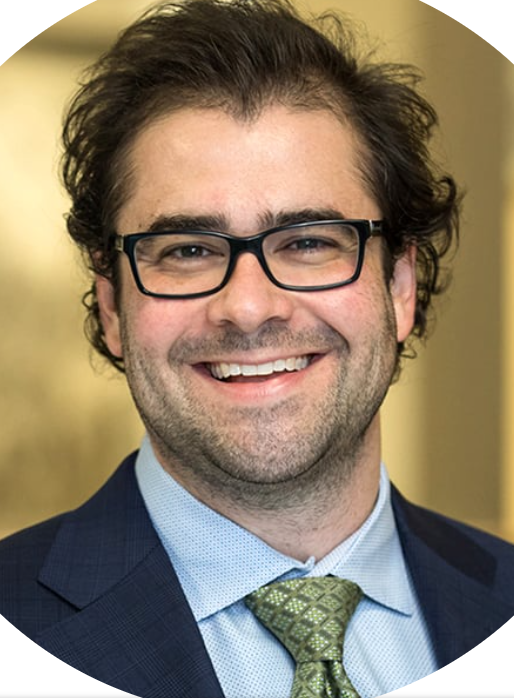On October 25th we welcomed Dr. Robert Starke from the University of Miami Miller School of Medicine to present the Role of Neuroendovascular Treatment in Intracranial Hypertension and Pseudotumor Cerebri. Dr. Starke is a neurosurgeonMedical doctor who diagnoses and treats surgical issues related to the brain, spine, and nervous system. Click the term to read more and neurointerventionalist and holds an impressive and extensive list of publications and accolades with many related to the treatment of intracranial hypertension.
Dr. Pierre Gobin was the moderator for this talk. He is an interventional radiologist who specializes in endovascular treatment of cerebral aneurysms at Weill Cornell Medicine in New York.
In case you missed it, the full webinar is available to watch here.
Here are some key points of his lecture:
- It is imperative that a patient with IIH, who is being referred for surgical options IIH, undergo a complete and through work up.
- It is important to thoroughly review and re-review all imaging studies to decide if more invasiveinvolving the introduction of instruments or other objects into the body Click the term to read more studies are warranted such as cerebral angiographyA procedure that provides images of blood vessels in and around the brain, thereby allowing detection of abnormalities Click the term to read more. This procedure can provide more detailed information and can detect lesions that may not be seen on a CT scanUses several X-ray images and computer processing to create cross sectional images. Click the term to read more or MRI.
- If a patient with IIH has maximized their medical therapy without relief of symptoms, they should be considered for neurosurgical intervention. Some surgical options include a ventriculoperitoneal (VP) or Lumboperitoneal (LP) stunt, optic nerve sheath fenestrationA surgical procedure performed that allows cerebrospinal fluid to pass around the optic nerve freely Click the term to read more (ONSFoptic nerve sheath fenestration Click the term to read more), and venous sinus stentingA minimally invasive surgery during which a metallic mesh in the shape of a tube (stent) is placed in the sinus. Click the term to read more (VSS). Determination of the above is individualized to the patient.
- Dr. Starke presented his team’s research, “A Prospective Pilot Study of Intraparenchymal & Intravenous Cerebral Pressure Assessment During Venous Sinus Stenting for IIH: Detailed Evaluation of Ophthalmological, Neurological & Radiographic Outcomes”. It is now in press with the Journal of Neurosurgery.
- After review of the 10 patients in his prospective study, he noted that not all patients had a BMIA value derived from the mass (weight) and height of a person. A healthy range is between 18.5-24.9, overweight is defined as 25-29.9 and obese… Click the term to read more over 30, or obese.
- Dr. Starke reviewed his findings that patients with IIH who had venous sinus stenting (VSSA minimally invasive surgery during which a metallic mesh in the shape of a tube (stent) is placed in the sinus. Click the term to read more) had improvement of their visual and headache symptoms, far superior compared to VP, LP, and ONSF.
Thank you Dr. Starke for sharing your expertise and research on IdiopathicThe term idiopathic is used when there is no detectable reason for something. Click the term to read more Intracranial Hypertension IIH.
If you would like to get in touch with Dr. Starke you can find him on these social media outlets: Facebook, Instagram and Twitter, or to make an appointment to see him as a patient.
Our next webinar will be held on November 21st at 4 pm EST with Dr. Dorothea Altschul. If you would like to attend this free lecture, click here.



